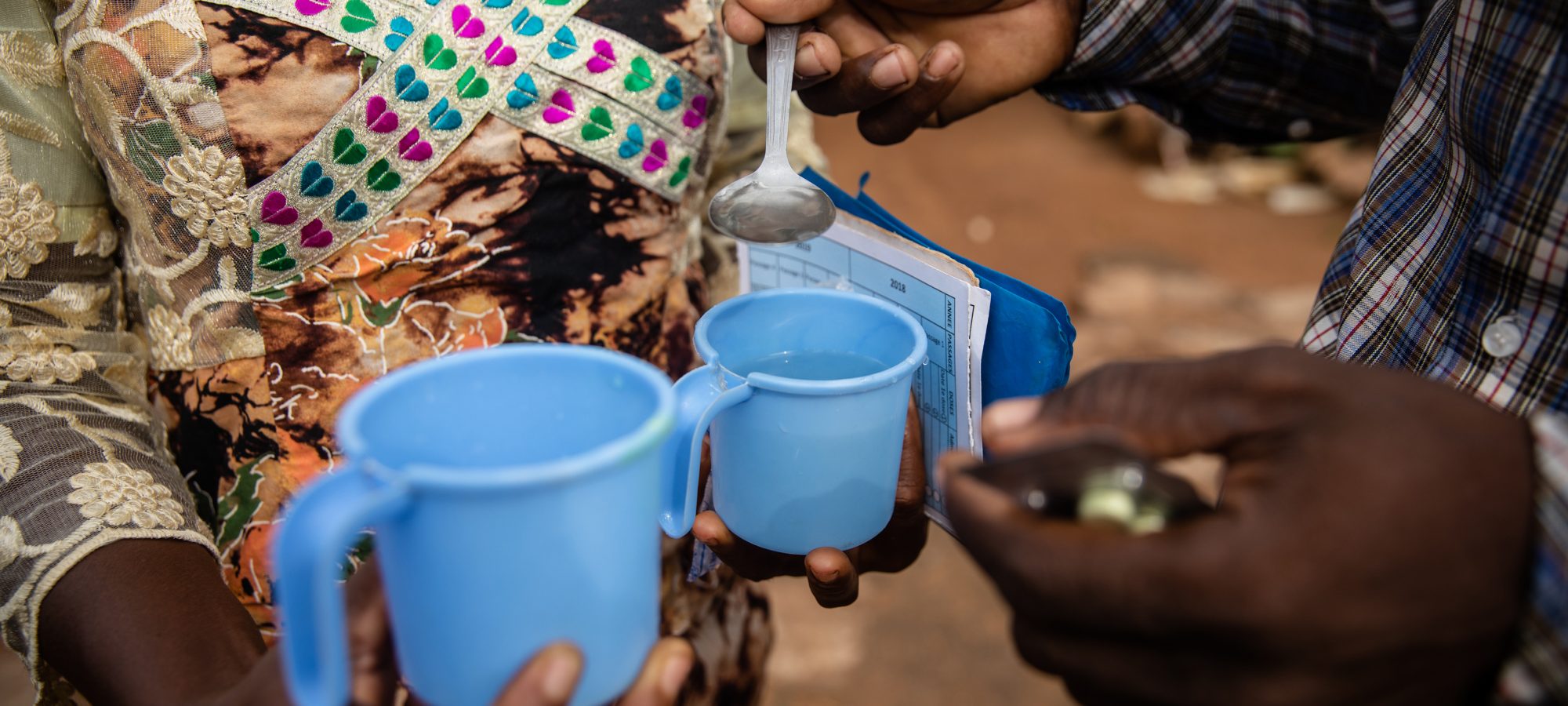Since 2013, Malaria Consortium has been a leader in implementing seasonal malaria chemoprevention (SMC) in the Sahel. In Burkina Faso, we have been working with the government and implementing partners on an ambitious plan to roll out SMC treatment in all 70 of the country’s health districts. The results have been promising, with over 3.5 million children under five reached in 2019 – 1.3 million of them in health districts supported by Malaria Consortium’s SMC programme.
For the first time last year, the country’s capital, Ouagadougou, was included in the SMC programme. The case of Ouagadougou provides valuable insights into how rapidly changing urban environments impact on the delivery of SMC interventions and how we can respond to these challenges. Here’s what we learned from our experience there.
It’s all about numbers
Ouagadougou has experienced rapid urbanisation in recent years, distinguishing it from other cities in Burkina Faso. Most significantly, it has a higher population — much higher, even, than our data initially suggested. Informal new neighbourhoods are constantly cropping up but with fewer children per household. This translates into a covering a larger number of households to reach the same number of children as would have been reached in a rural setting — a formidable challenge for SMC distribution.
Connecting with urban communities
Effective SMC delivery relies on the training and accurate placement of community distributors, who administer treatment door-to-door. Community distributors are not only instrumental in conveying the importance of SMC, but they also teach caregivers to administer follow-up doses over the coming two days, thereby ensuring successful protection from malaria for their children. In the process, communities get to know their CDs, which has been essential in building trust.
An added impact of urbanisation in Ouagadougou has been a change in the levels of cohesion within communities compared with rural areas: community distributors are less familiar with the neighbourhoods they operate in and, consequently, households are less open to connecting with and learning from community distributors.
Quantity and quality
We realised that two key adaptations were vital in responding to distribution challenges resulting from urbanisation in Ouagadougou.
First, we increased the numbers of CDs, which helped us to reach all eligible children. Previously, CDs also had to make repeat visits to households where children were being looked after by caregivers who were unable to consent to treatment. Recruiting additional distributors helped reduce the burden in this regard.
Second, we changed the way we engaged communities. In rural areas, word of mouth information-sharing strategies, such as the use of town criers, have proved successful. But in urban settings, households consume information differently: they are more likely to obtain information from news outlets and social media channels. We utilised these platforms to convey the importance of SMC and ongoing treatment, and the necessity of consent. This helped households to understand the value of treatment and made them more open to distributors administering SMC.
Future improvements
Moving forward, we need to improve the training and supervision of CDs in urban areas. With more focused training sessions carried out in smaller groups and emphasising the practical aspects of SMC, we will be able to enhance the overall quality of training and, ultimately, of SMC administration.
These insights provide a brief overview of the many lessons learnt from Ouagadougou. Download the full learning brief for a closer look at the programme and our full list of recommendations for implementers in urban areas, policy makers and decision makers.
Sam Rothbart is Senior Publications Officer at Malaria Consortium.
